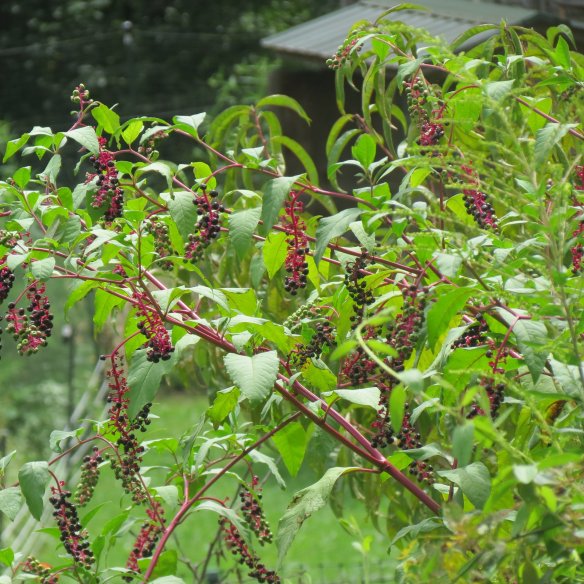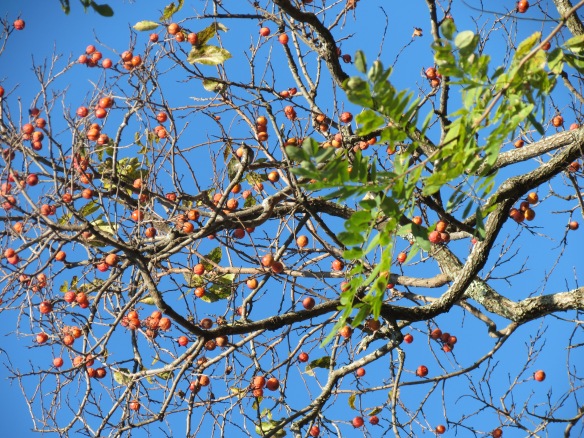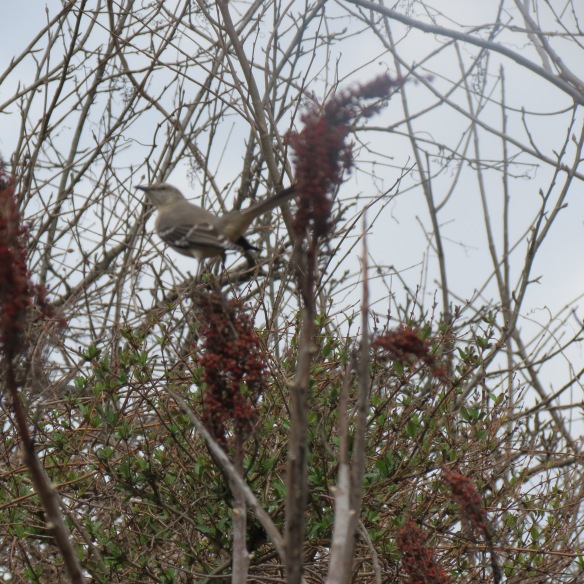Fall is nature’s time to provide the food that will sustain wild animals through the winter. The summer growing season has produced a virtual cornucopia of delectible wild foods like poke, persimmon, and sumac that will provide a bounty of food for deer, wild turkeys, birds, and other wildlife.



Want to know how you can help feed wildlife this winter? Let your garden go wild.
- Leave undisturbed wild areas in your garden – piles of leaves or brushwood can make the perfect nest in which animals can hide, rest, and hibernate.
- By leaving the task of tidying your garden borders and shrubs until early spring, shelter can be provided for insects throughout winter.
- The seeds of summer’s flowers can provide extra food for birds, mice, and opossums.
- If you have a compost heap, this will become a welcome habitat for toads, salamanders, and skinks to overwinter.


